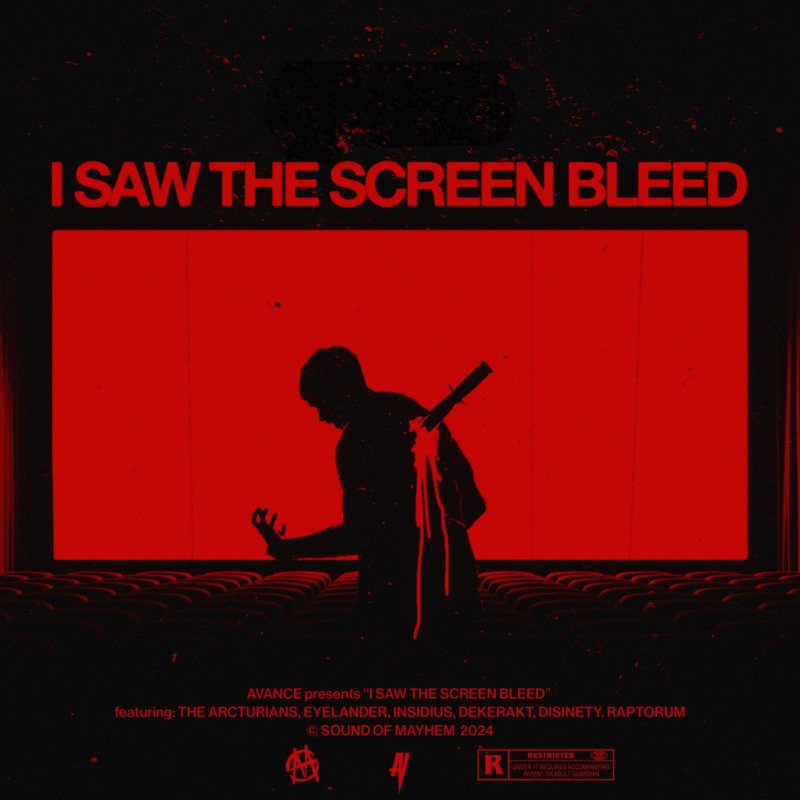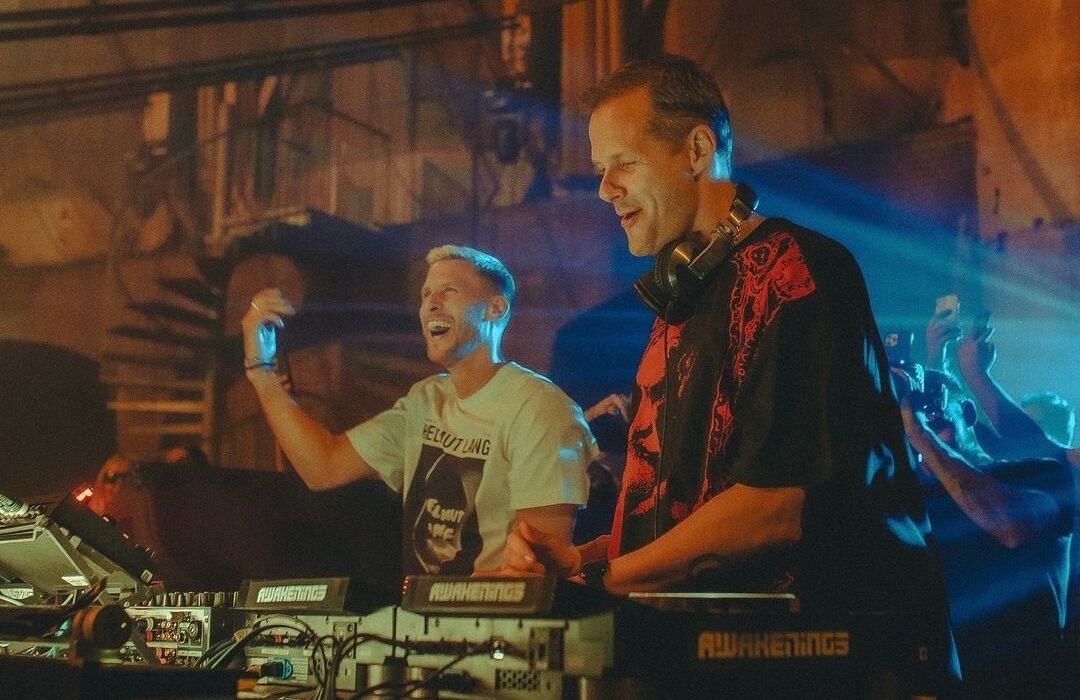It is universally understood by many anime fans that Grave of the Fireflies is one of the saddest films of all time -- whether in animation or not. Something as simple as a tin can of Sakuma drops is enough to evoke painful memories for anyone who has seen this film, which already says a lot about its impact. This iconic film written and directed by Isao Takahata steers away from the usual lightheartedness of Studio Ghibli films. Instead, it delves deep into the consequences of a cruel, war-torn society.
Grave of the Fireflies is set during World War II and follows Seita and Setsuko -- two siblings who have become orphans following the destruction and bombing of their city, Kobe. The film is an adaptation of Akiyuki Nosaka’s semi-autobiographical short story of the same name, released in 1967. The film’s opening scene shows Seita in a train station, dying alone -- an already haunting moment to start the story.
Roger Ebert, a famous movie critic, calls Grave of the Fireflies, "the most realistic animated film I’ve ever seen--in feeling." It indeed tugs on the heartstrings of its watchers -- and not in a wholesome way -- but in a more brutal way. Grave of the Fireflies adds more scars to the emotional wounds it produces by telling the story through a narrative involving two children caught in the middle of a war.
The film juxtaposes hope and tragedy through the little heartwarming interactions between the siblings -- ranging from Setsuko laughing in the bath, Seita and Setsuko visibly happy over the fireflies, to Setsuko’s excitement over living in an abandoned bomb shelter, imagining it as a proper home. Alongside these are the imagery of death, violence, and famine. The scenes leading up to the demise of Seita and Setsuko build up an awful feeling in the gut, knowing their deaths were tragic consequences of war.
Other anime titles such as A Silent Voice and Your Lie in April may elicit just as much pain, but Grave of the Fireflies surely tops the list. While the former two discuss similar or related topics and may make fans cry equally, the storytelling of Grave of the Fireflies sets up a different kind of impact. This perhaps also lies in the themes and symbols in the film -- the fireflies not only serve as an image of happiness in the case of Seita and Setsuko but may also serve as a symbol of the firebombing.
Following the film’s success, Takahata planned for a sequel containing similar themes and had already created an outline. Titled Border 1939, it focuses on the beginning of World War II in Japanese-occupied Seoul. A Japanese student named Akio discovers that his friend Nobuhiko, who he presumed died in Manchuria, is alive. Aiming to find him, he goes to Manchuria -- which the Japanese also occupy. Akio learns that Nobuhiko has joined the anti-Japanese resistance. Akio’s actions end up with him getting arrested but is freed by the resistance -- although they still don’t trust him. He decides to prove himself by helping Akiko, a Mongol, return to her homeland.
One of the film’s main objectives was to tackle the history of Japanese imperialism. The story is based on Shin Shikata’s novel The Border, where the author himself grew up under the Japanese occupation in Korea. Unfortunately, production never pushed through for this. Having the movie partially set in China elicited uncertainty from Studio Ghibli’s distributor, following the events of the 1989 Tiananmen Square protests. During this time, Japan’s public opinion of China was already on the negative side.
Grave of the Fireflies brought immense pain to everyone to those that saw it prompting some to wish never to see it again. But despite that, Border 1939 would’ve been an ideal sequel. The emotions caused by the siblings’ fate overshadowed the message about war in Grave of the Fireflies. Border 1939 might’ve been a good opportunity for Takahata to further tackle his critiques on war and Japanese imperialism. Surely, there would’ve been a lot of pain again -- but alongside that would be another sad but real story.
About The Author

